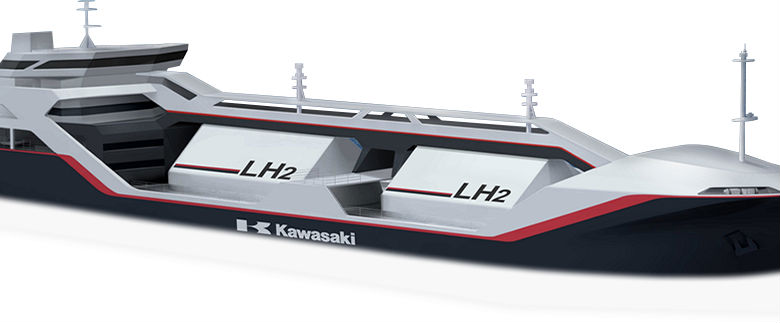RESEARCHERS believe the northerly Norwegian island of Svalbard could save millions of dollars in energy costs by turning to liquid hydrogen.
Svalbard is on the island of Lonyearbyen in the Arctic Ocean which lies 1,000 km north of Norway and is considered a region of great environmental importance.
A study at the Norwegian research institute Sintef recently concluded that the island of Longyearbyen could have liquid hydrogen shipped in dedicated liquid hydrogen tankers, rather than rely on having new power cables laid.
Japanese shipbuilder Kawasaki Heavy industries has approval in principle from Japanese class society Class NK, for containment and designs of liquid hydrogen tankers.
According to SINTEF researchers Svalbard’s coal powered power station produces 40 tonnes of CO2 per inhabitant, which is four times the Norwegian average. Given climate sensitivities it is considered an inappropriate fuel for the future.
In its study SINTEF says it can demonstrate that by shipping surplus energy to Svalbard in the form of liquid hydrogen, rather than via a power cable, annual savings of more than NKr 100m ($11.5m) could be achieved, as well as making the city cleaner.
Estimated costs include the construction of an electrochemical power station in Longyearbyen that would generate electricity from hydrogen without emissions, by means of fuel cells. The hydrogen would be produced from oil at Norwegian mainland refineries.
Underscoring the future of hydrogen as a fuel, earlier this year the Japanese and Australian governments signed a memorandum of understanding relating to future shipments of liquid hydrogen, with the hydrogen being produced from Australian brown coal.
Read more on the study at the SINTEF website.
































